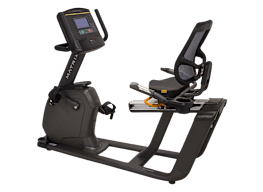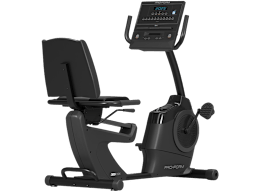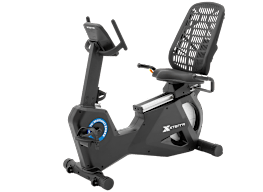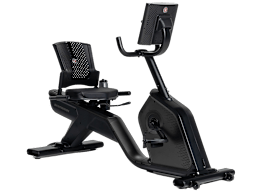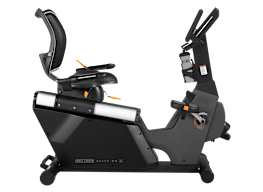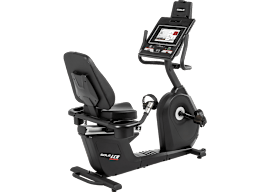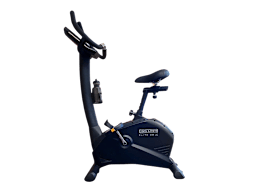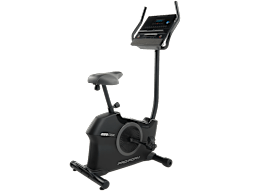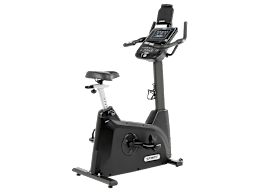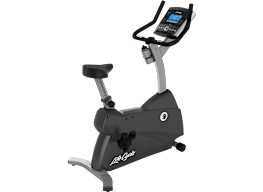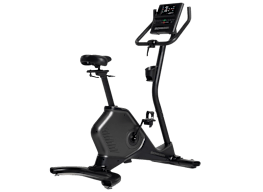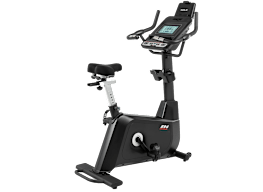Best Recumbent Exercise Bikes of 2025
Recumbent exercise bikes can provide back support and comfort while you work out. But our tests found that some are more comfortable than others.
When you shop through retailer links on our site, we may earn affiliate commissions. 100% of the fees we collect are used to support our nonprofit mission. Learn more.
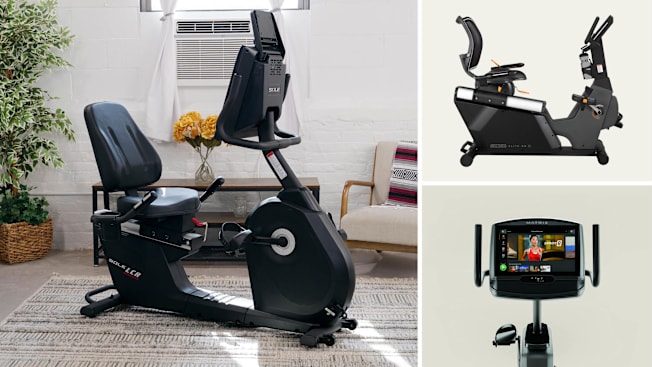
Looking for a low-impact workout but not a fan of the strain a typical exercise bike can put on your back? A recumbent exercise bike might be just the thing for you.
Like a recumbent road bike, a recumbent exercise bike places the user in a reclined position, with the pedals out in front. Rather than a bicycle saddle, a recumbent exercise bike generally has a wider seat with a supportive backrest that you lean against as you work out. That takes pressure off your knees and lower back, which can make exercise more comfortable.
How CR Tests Recumbent Exercise Bikes
To assess rider fit range, our testers take a variety of key measurements, such as the distance from the seat to the pedals, while the seat is in its forward-most and backward-most positions. High-scoring models have wide ranges of these measurements, which means the bike can fit people with a variety of arm and leg lengths.
Another important measurement we take is the Q-factor, or the distance between the two foot pedals; bikes earn a higher score if they have a Q-factor within a certain narrow range, which facilitates a natural-feeling pedaling and minimizes knee strain. We also measure the angle of the seat to ensure you’re not sliding forward or being pushed backward by the seat. Our testers assess the comfort of the bike’s seat, and to evaluate stability, we test how much force is required to tip over each bike.
Our display assessment incorporates a number of judgments about the ease of reading and interacting with the machine’s controls and screen, while the programming score reflects the variety of onboard programs and whether it has certain key programming features like customizable programs you can store on the bike or programs that will adjust the resistance level automatically to help you meet a target heart rate. Finally, we time unboxing and assembly to evaluate how difficult each bike is to put together, and we evaluate how easy it is to move the bike a short distance (within a room, for example).

















